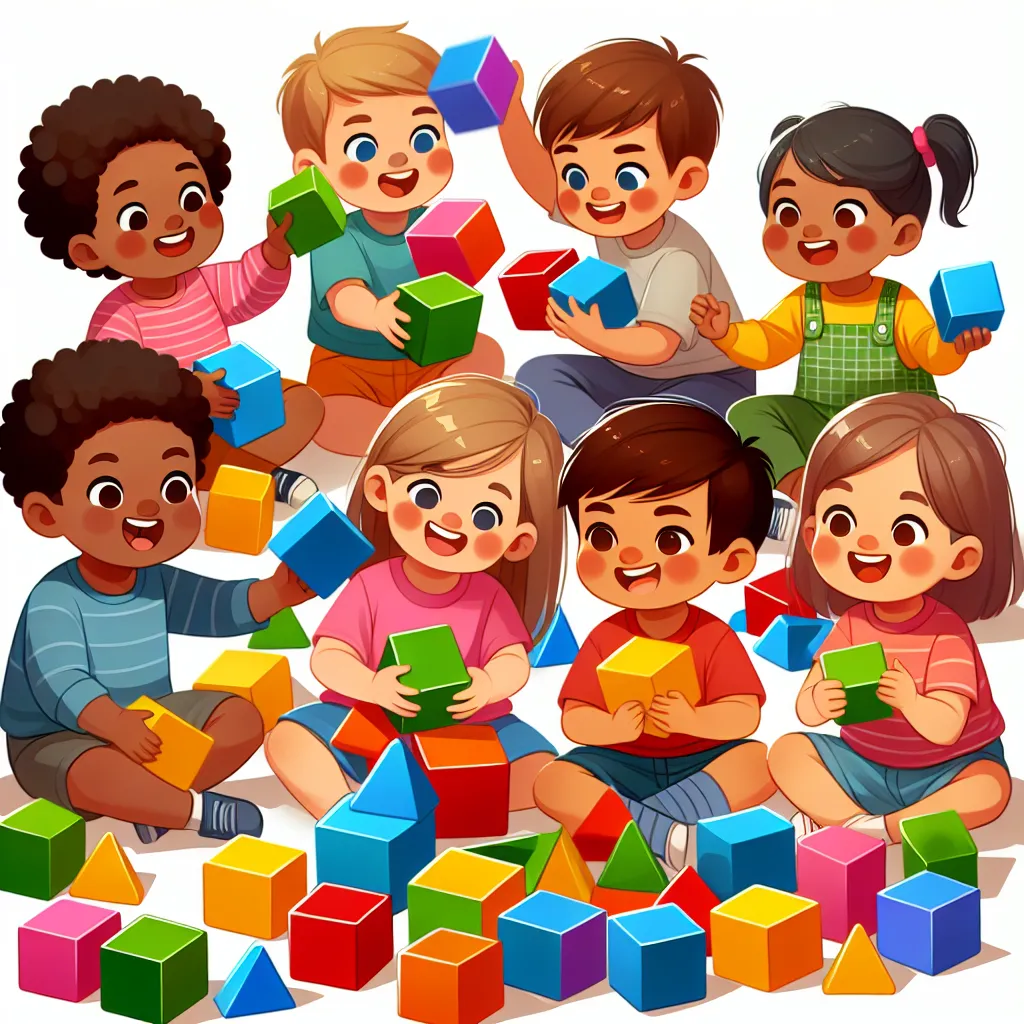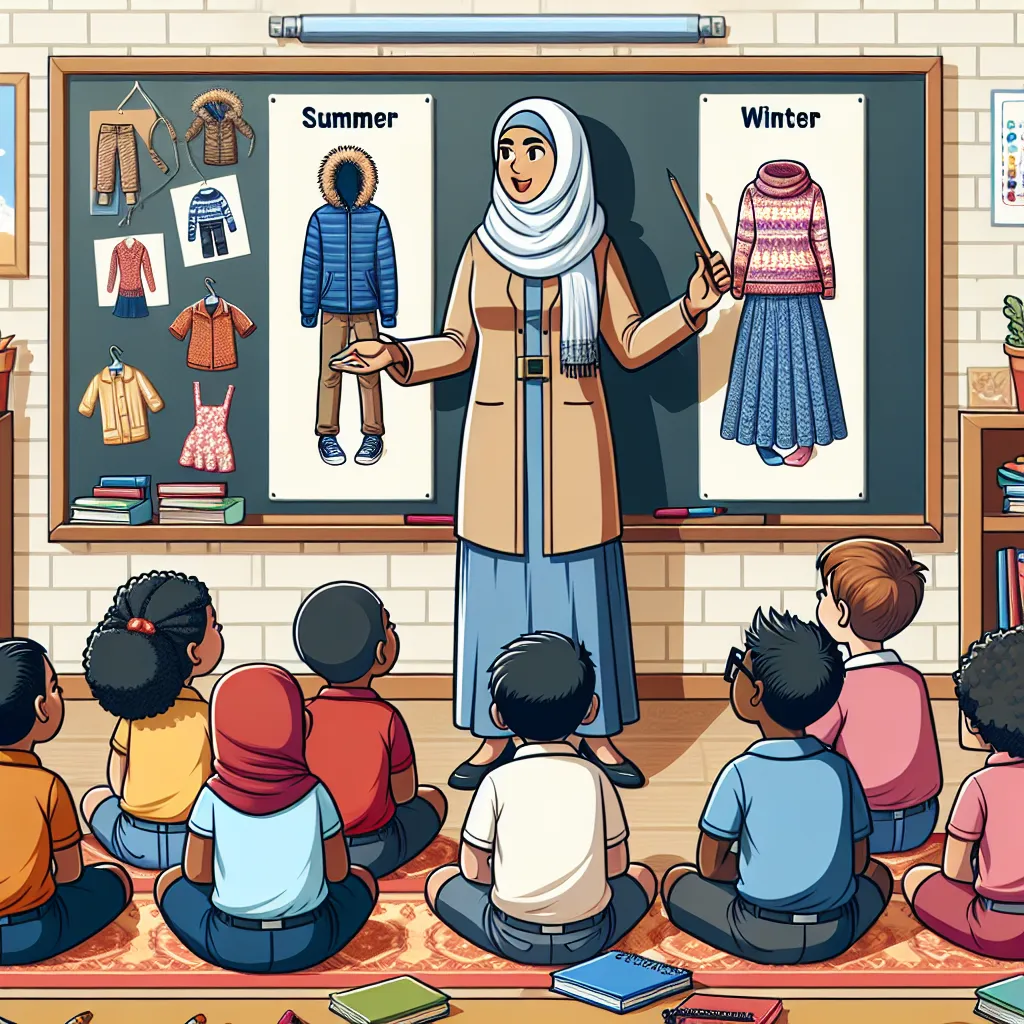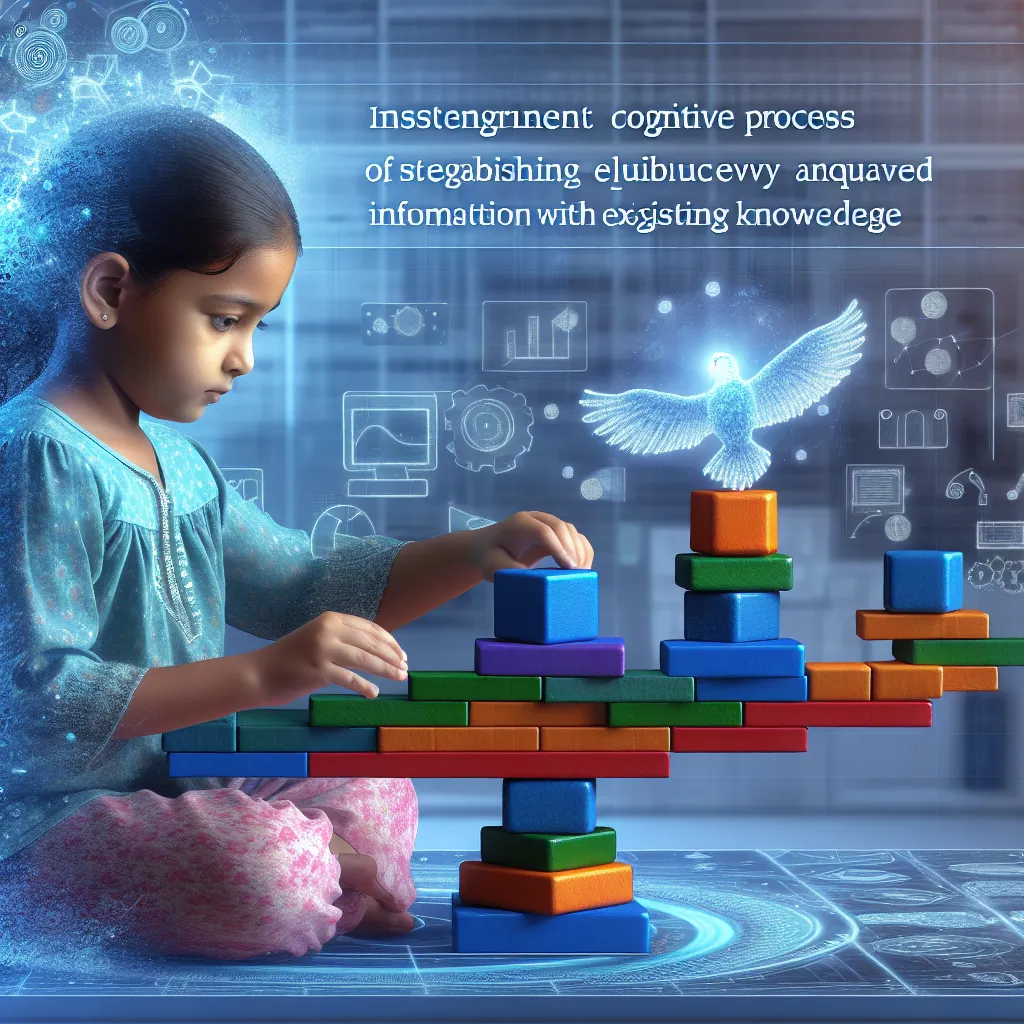Ask AI on The Internet
Question: 2.1 In your own words, explain the central idea behind Piaget's theory of learner's knowledge acquisition. (2) 2.2 Describe the concept of "schemes" as proposed by Piaget. How do learners develop and modify these schemes as they interact with their environment? (6) 2.3 Critically explain the process of assimilation in the context of Piaget's theory. Provide ONE (1) example of how learners assimilate new information into their existing knowledge. (3) 2.4 Differentiate between assimilation and accommodation according to Piaget's theory. Provide a real-life scenario where a child would need to use both processes to make sense of a new experience. 2.6 Critically discuss the role of equilibrium in Piaget's theory of cognitive development and discuss how it relates to the balance between existing knowledge and new learning in a learner's mind. Provide ONE (1) example of a situation where a learner achieves equilibrium. (3) 2.6 Create a short activity that demonstrates how a Grade R teacher builds new knowledge onto existing knowledge in the classroom. Use any ONE (1) of the following topics: - Transport - Seasons - Farm animals - Healthy lifestyle - Safety
### 2.1 Central Idea Behind Piaget's Theory of Learner's Knowledge Acquisition Piaget's theory of learner's knowledge acquisition focuses on the idea that children actively construct their own understanding of the world through experiences and interactions. As children grow, they move through distinct stages of cognitive development, each characterized by different abilities and ways of thinking. Essentially, learning is a dynamic process of building upon existing knowledge through adaptation (assimilation and accommodation). ### 2.2 The Concept of "Schemes" and Their Development In Piaget's theory, "schemes" (or schemas) refer to the mental structures or frameworks that individuals use to organize and interpret information. Schemes are foundational units of knowledge that help learners understand and respond to their environment. - **Development and Modification of Schemes:** - **Experience Interaction:** As learners interact with their environment, they encounter new experiences that either fit into their existing schemes (assimilation) or require changes to their schemes (accommodation). - **Assimilation:** Incorporating new experiences into existing schemes without changing the framework significantly. - **Accommodation:** Modifying existing schemes or creating new ones to accommodate new information that doesn't fit within the current framework. - **Equilibration:** The balancing act between assimilation and accommodation to create stability in one's cognitive structure. This balance helps learners to make sense of the world consistently. ### 2.3 The Process of Assimilation **Assimilation** is the process by which learners incorporate new experiences into their existing cognitive structures (schemes) without changing them significantly. It's a way to understand new information using already established knowledge. **Example:** - A child who knows and recognizes different types of birds might see a new type of bird at the park. If the new bird shares common characteristics with the birds the child already knows (feathers, wings, beak), the child will likely assimilate this new information into their existing bird-related scheme. ### 2.4 Differentiating Assimilation and Accommodation with a Scenario - **Assimilation:** Using existing schemes to interpret new experiences. - **Accommodation:** Adjusting schemes or creating new ones in response to new experiences that don't fit into existing schemes. **Real-life Scenario:** A child knows that dogs are four-legged animals that bark. One day, the child encounters a cat, a four-legged animal that meows. - **Assimilation:** The child might initially think the cat is a type of dog because it has four legs, incorporating this new animal into the pre-existing scheme for dogs. - **Accommodation:** After noticing differences (like the meowing sound and different behavior), the child adjusts their cognitive framework to create a new scheme for cats. ### 2.5 The Role of Equilibrium in Cognitive Development **Equilibrium** in Piaget's theory refers to the cognitive balance between existing knowledge and new experiences. It is the process by which learners maintain a sense of cognitive stability through assimilation and accommodation. When new information fits well with existing knowledge (equilibrium), learning is less challenging. When it does not fit (disequilibrium), learners are motivated to adapt through assimilation and accommodation to achieve a new equilibrium. **Example:** A student learning about fractions might initially struggle (disequilibrium) when introduced to the concept of dividing whole numbers into parts. By practicing with visual aids like pie charts (to accommodate new information) and relating it to their knowledge of whole numbers (assimilation), they eventually understand fractions, achieving equilibrium. ### 2.6 Activity for a Grade R Class: Healthy Lifestyle **Activity:** "Healthy Food Plate" **Objective:** To build new knowledge about healthy eating onto existing knowledge about food. **Materials:** - Paper plates - Drawing or cut-out pictures of various foods (fruits, vegetables, grains, proteins, dairy, sweets/junk food) - Glue sticks - Markers **Steps:** 1. **Intro Discussion:** Begin with a discussion about types of food the children are already familiar with. Ask them to name their favorite foods. 2. **Explanation:** Introduce the concept of a balanced diet and explain the different food groups using simple language and visual aids (posters or images). 3. **Activity:** - Distribute paper plates and food pictures to the children. - Ask them to create their own "Healthy Food Plate" by selecting pictures of foods they believe are healthy and gluing them onto their paper plate. - Encourage them to split the plate into different sections (e.g., fruits, vegetables, grains, proteins) and place the pictures accordingly. 4. **Discussion and Reflection:** After the activity, discuss why they chose certain foods and how they fit into a healthy diet. Relate it back to their initial knowledge and correct any misconceptions, fostering accommodation where necessary. Through this activity, children assimilate new information about healthy eating into their existing knowledge about food, and accommodate their ideas to understand the concept of a balanced diet better.
2.1 Piaget’s theory of cognitive development essentially suggests that learners construct knowledge based on their interactions with their environment and experiences. Inspired by biological adaptation, the theory asserts that individuals actively seek to comprehend and make sense of their surroundings. In doing so, they acquire, refine, and build upon prior knowledge, fostering a deeper understanding of the world. 2.2 Piaget coined the term "schemes" to represent the mental structures or patterns that organize our knowledge and guide our behavior. Schemes evolve through a continual process of assimilation (incorporating new experiences into existing schemes) and accommodation (altering existing schemes to adapt to new experiences). For instance, a child might have a scheme of a dog which includes four-legged and furry characters. When encountering a cat, the child modifies the scheme to include cats. 2.3 Assimilation, in the context of Piaget's theory, involves the integration of new experiences into existing mental structures. For example, if a learner already knows about apples and they experience a red fruit that fits their apple scheme, they'll assimilate this information, recognizing the red fruit as an apple. 2.4 Assimilation and accommodation are two key processes underpinning cognitive development according to Piaget. While assimilation involves fitting new information into an existing scheme, accommodation is the process of adjusting existing schemes in response to new experiences. Consider a child who has only ever seen small dogs; they may think all dogs are small (assimilation). Upon encountering a large dog, they adjust their dog scheme to include large dogs too (accommodation). 2.5 Equilibrium, pivotal in Piaget's theory, refers to a balance between assimilation and accommodation. The learning process creates a state of imbalance or cognitive dissonance when new knowledge can't be fitted into existing schemes. Equilibrium is restored when the learner modifies their thought structures to accommodate the new information. For example, a learner believes all bugs fly until they see a crawling bug. They experience disequilibrium, which is sorted when they modify their bug scheme to include crawling bugs. 2.6 In a Grade R classroom, a teacher could build upon existing knowledge using the "Farm animals" topic. Children mostly know a cow says "moo". The teacher could introduce the concept of a dairy farm, demonstrate how milk is obtained from cows, connect it to the milk they drink, and then they can jointly make a dairy product, like butter or cheese. This bridges the gap between prior knowledge ("cows say moo") and new knowledge ("milk comes from cows"), encouraging assimilation and accommodation.
Think your answer is better than the AI's? Post it below.
Other Most Relevant Posts:
 2.1 Piaget's Theory Unveiled: Understanding Knowledge Acquisition in Learners
2.2 Unlocking the Power of Schemes: Piaget's Perspective on Cognitive Development
2.3 Assimilation Unraveled: Integrating
2.1 Piaget's Theory Unveiled: Understanding Knowledge Acquisition in Learners
2.2 Unlocking the Power of Schemes: Piaget's Perspective on Cognitive Development
2.3 Assimilation Unraveled: Integrating
 2.1 Unveiling the Pillars of Piaget's Knowledge Acquisition Theory
2.2 Unlocking Piaget's Concept of Schemes: How Learners Develop and Modify
2.3 The Art of Assimilation: Integrating New Information i
2.1 Unveiling the Pillars of Piaget's Knowledge Acquisition Theory
2.2 Unlocking Piaget's Concept of Schemes: How Learners Develop and Modify
2.3 The Art of Assimilation: Integrating New Information i
 2.1 Piaget's Theory of Knowledge Acquisition: Exploring How Learners Develop Understanding
2.2 Unlocking the Power of Schemes: Piaget's Idea of Learners Interacting and Modifying Their Mental Structu
2.1 Piaget's Theory of Knowledge Acquisition: Exploring How Learners Develop Understanding
2.2 Unlocking the Power of Schemes: Piaget's Idea of Learners Interacting and Modifying Their Mental Structu
Question Tags
If you want your question answered by an AI, click here.




Post your own comment: